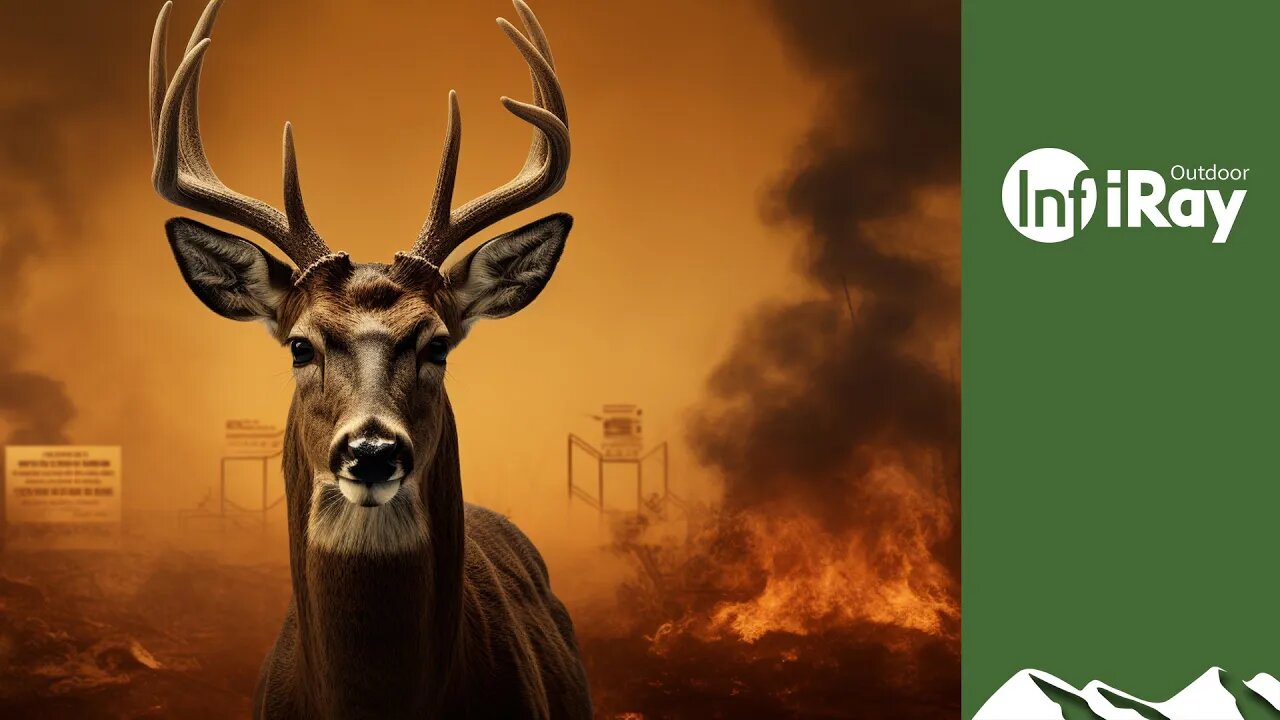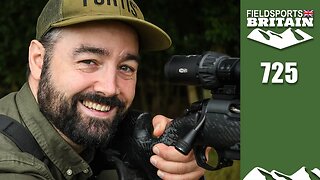Premium Only Content

Don't go nuclear with thermal deer control
Scotland faces big changes in the way it manages deer. The government wants the animals gone, and is introducing nightshooting, thermal shooting and removing the season for stags. Deer managers are taking a more sensible approach. Niall Rowantree looks at the modern deerstalking toolkit, what damage deer do, and how to deal with that in a way that maintains healthy herds.
For more about Infiray thermal gear go to https://InfirayUK.co.uk
▶ For the kit showcased in this film, visit https://kitfinder.co.uk
▶ Sign up for our weekly email newsletter https://FieldsportsChannel.tv/register
▶ To watch all of #FieldsportsBritain, episode 718, visit https://FieldsportsChannel.tv/fieldsportsbritain718
▶ Fieldsports Shop http://fieldsports.shop
▶ Take part in nature. Join the Fieldsports Nation https://FieldsportsChannel.tv/membership
Why shoot deer?
There are more than two million red, roe, fallow, sika, muntjac and Chinese water deer in Britain’s countryside and semi-urban areas, the highest level for 1,000 years. Numbers have doubled since 1999, according to the Deer Initiative, the UK government’s deer agency.
Deer are an attractive and an important part of our wildlife. However, they have no natural predator in the UK so numbers must be sensibly and strategically managed to keep them in balance with their habitat and to prevent damage to crops, trees, woodland flora, gardens and other wildlife.
Deer cause £4.5 million-worth (Forestry Commission Scotland) of damage to plantations and other commercial woodlands in Scotland. Crop damage is estimated at £4.3m a year according to DEFRA, with the greatest damage on cereal crops in east and south-west England.
More than 8,000 hectares (Parliamentary Office for Science and Technology) of woodland with SSI status is currently in ‘unfavourable’ or ‘recovering’ condition due to deer impacts such as browsing and fraying. Deer can also influence the variety of wildlife in woodlands and other habitats by altering structural and plant species diversity. According to the University of East Anglia’s Dr Paul Dolman, that has resulted in a 50% decline in woodland bird numbers where deer are present, impacting particularly on nightingales, blackcaps, chiffchaffs and warblers.
Deer are susceptible to Bovine TB and may be responsible for the transmission of TB to cattle. They are also the likely driver behind the UK’s increasing tick population (Scharlemann et al 2008).
Happily, venison is a delicious meat. It is wild, natural and free range, and – almost fat-free – it is one of the healthiest meats available today. Results from research commissioned by the Game-to-Eat campaign (Leatherhead Food International Research 2006) suggest that there are real health benefits to eating game. Venison is high in protein, low in saturated fatty acids and contains higher levels of iron than any other red meat.
We’re proud to promote enjoyment of fieldsports and the countryside. There are three guiding principles to everything we do on Fieldsports Channel:
▶ Shoot responsibly
▶ Respect the quarry
▶ Ensure a humane, clean and quick kill
-
 25:12
25:12
Fieldsports Britain
1 year agoFieldsports Britain – Fallow for the freezer
1391 -
 19:05
19:05
This Bahamian Gyal
14 hours agoWhy would SHANNON SHARPE risk EVERYTHING for THIS?
13.1K5 -
 34:53
34:53
Uncommon Sense In Current Times
15 hours ago $2.74 earnedEconomist Breaks Down Trump Tariffs | Dr. Jonathan Newman
23.6K8 -
 13:23
13:23
NinjaGamblers
22 hours ago $0.42 earnedMasaniello Betting Strategy at Roulette: Guaranteed Wins Every Time??
10.9K3 -
 1:00:43
1:00:43
Trumpet Daily
20 hours ago $4.82 earnedCanada Hates Trump More Than the Trudeau Disaster - Trumpet Daily | Apr. 29, 2025
23.9K27 -
 53:01
53:01
State of the Second Podcast
17 hours agoDisarming Americans One Law at a Time (ft. Krate Tactical)
13.6K3 -
 44:36
44:36
The Official Steve Harvey
12 hours ago $0.69 earnedThe journey ain't easy, but the destination is worth it
19.3K2 -
 3:03:52
3:03:52
Price of Reason
15 hours agoBezos & Amazon FOLD After Annoying Trump! Paramount Faces TOUGH Choice! Borderlands 4 DELAYED!
120K26 -
 1:19:29
1:19:29
Savanah Hernandez
14 hours agoRogue Judges Continue Blocking Trump's Executive Orders: The First 100 Days
93K53 -
 58:42
58:42
Coin Stories with Natalie Brunell
20 hours agoMacro Analysis, Financial Fragility and Bitcoin as the End Game with Preston Pysh
45.8K8